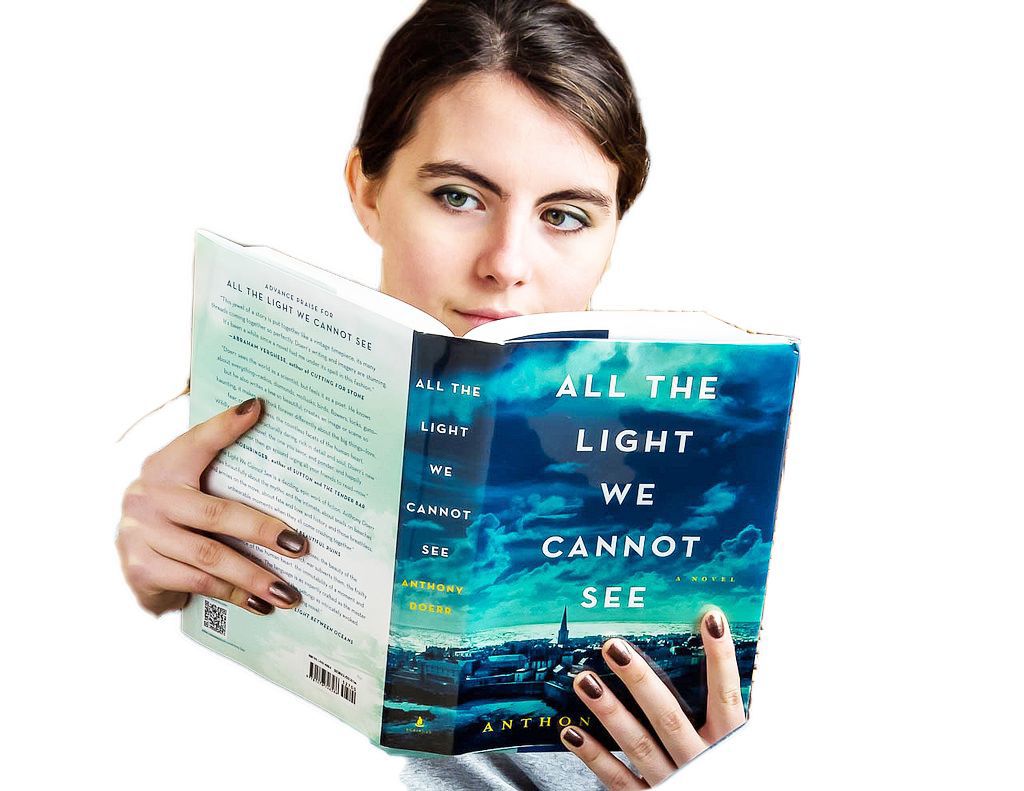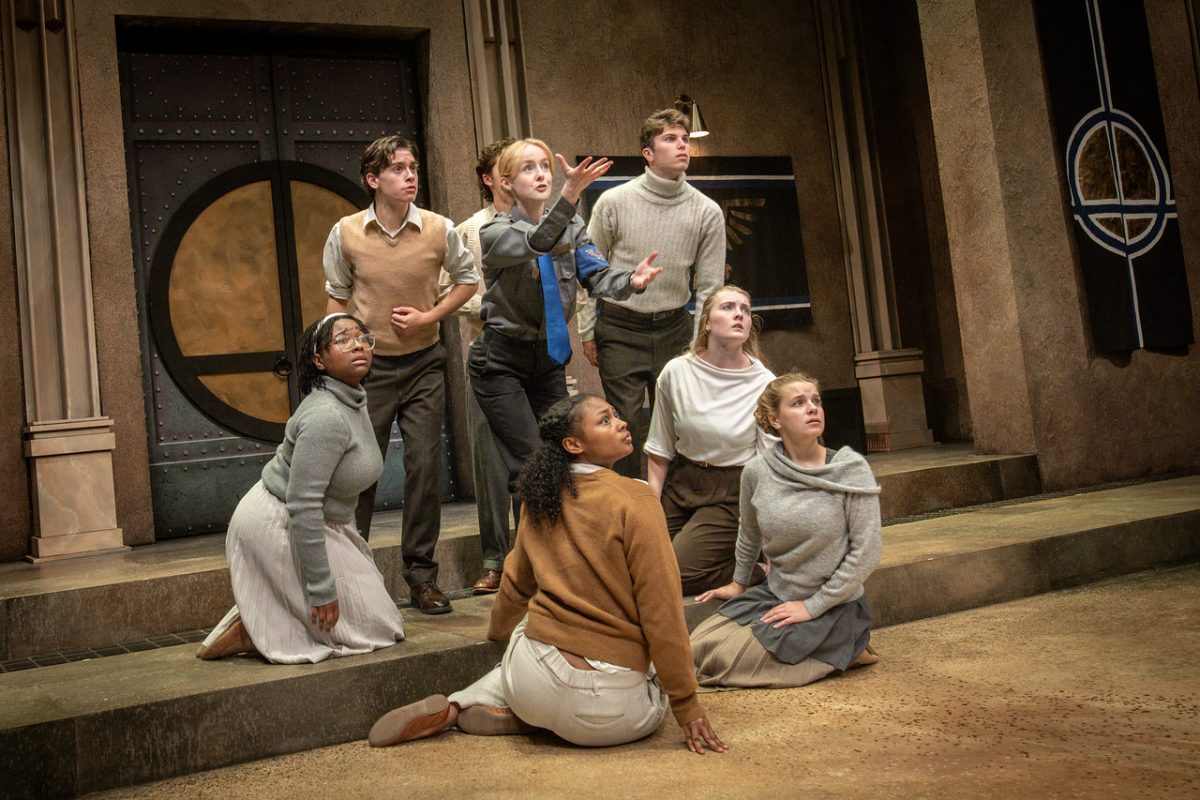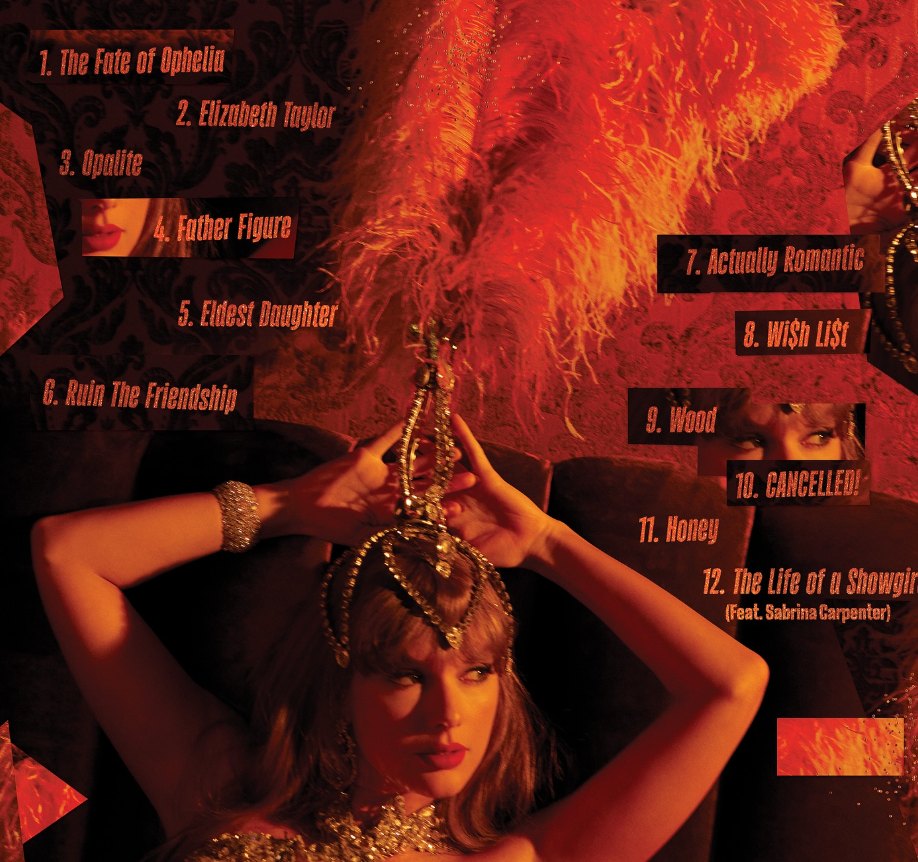Pamphlets flutter in the vehement wind of the approaching storm of American aircraft as the sun moves into its cycle of darkness over the French island of Saint Malo. A 16-year-old French girl traces her fingers along a model of the city built by her father as a pamphlet finds its way through a crack in the window of her great uncle’s abode and settles on the ground in front of her. Picking it up, she runs her fingers on the surface of the paper, feeling for the bumps that would convey its message, but she only feels the fresh ink rubbing off on her fingers, leaving her unable to read its warning: “Urgent warning to the inhabitants of this town. Depart immediately to open country.”
The Germans are digging in for their last stand at Saint Malo as the roar of American bombers grow closer and closer. Marie-Laure removes the replica of her great uncle’s house from the model and stashes it in her pocket for safe keeping. If the Germans found it, it could have disastrous consequences.
In this historical fiction novel by Anthony Doerr, “All the Light We Cannot See” not only weaves a wonderful plot but uses words to paint a thing of beauty. This novel is not just a novel, but truly a work of art. The way things are described causes the reader to pause and just appreciate how amazingly worded the passages are. Doerr shows the true potential of novels that are written from multiple perspectives. This kind of novel has taken on a new kind of popularity in previous years, moving into the genre of young adult literature in “Allegiant” and the “Heroes of Olympus” series. The perspectives include the blind Marie-Laure, the clever daughter of a brilliant locksmith and Werner, a German orphan who finds his way into Hitler’s army with his impressive skills in radio. This book is for anyone who can appreciate history, intrigue, love stories or even just the beauty of writing.
There is nothing bad to be said about this novel short of the multiple perspective. The only fault of multiple perspective lies within jumps in time and the reader forgetting whose perspective they are following. Even then, this is quite possibly the most successful example of this kind of narration as the narration switches quickly enough that the reader won’t get muddled trying to figure out who they are following. With such short sections, the new problem lies within attempting to connect the reader to each character, which Doerr tackles with ease. Readers can easily submerse themselves into his world and feel like they themselves are watching the entire story unfold.
It is hard to remember that the book is fiction at times as it feels so real and the emotions portrayed are so raw. “All the Light We Cannot See” can already be considered a modern classic, giving even “To Kill a Mockingbird” a run for its money. This novel makes one feel alive and, as one character puts it in the novel, “Don’t you want to be alive before you die?”
Categories:
A new classic
Akim Koutsioukis, TimeOut Senior Staff Writer
September 23, 2018
0
Donate to The Tiger
Your donation will support the student journalists of Clemson University. Your contribution will allow us to purchase equipment and cover our annual website hosting costs.
More to Discover









